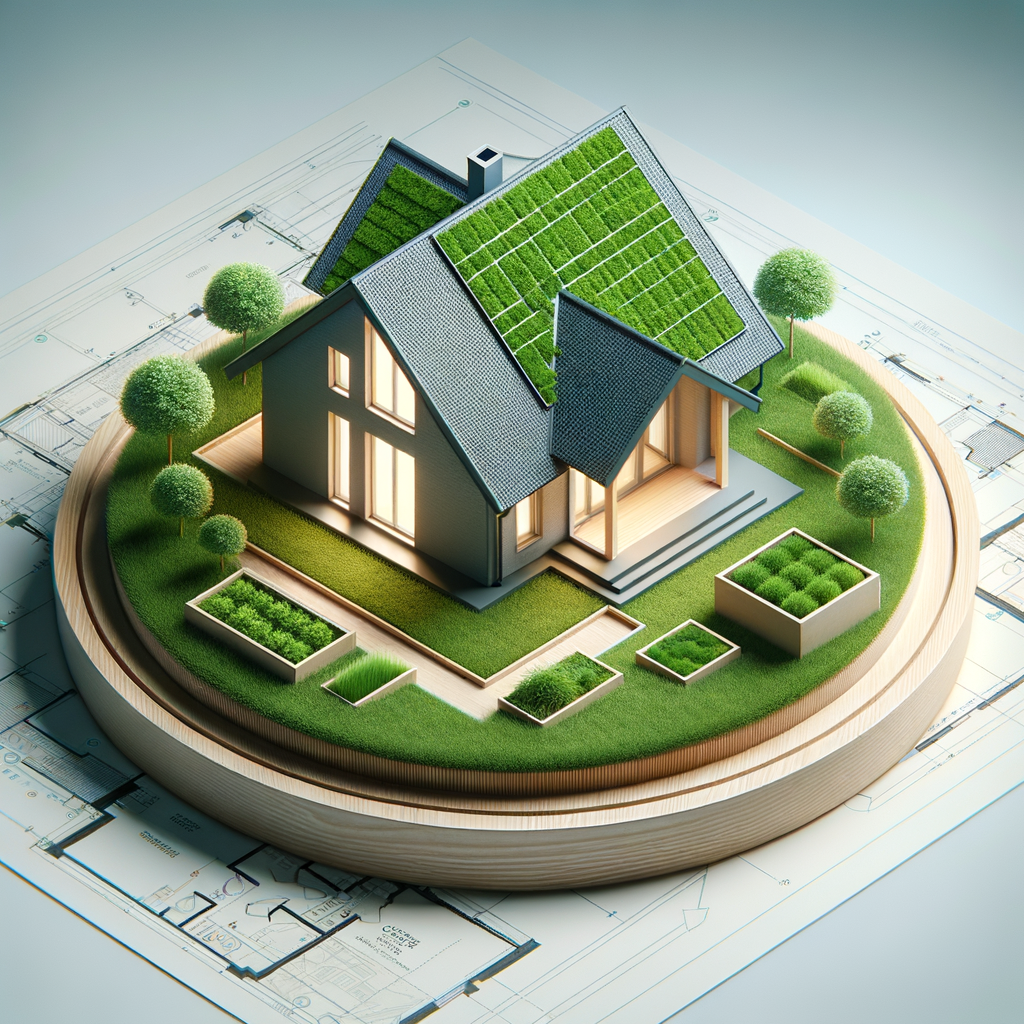Adding Green Roofing Materials for Sustainability: A Practical Guide for Builders and Homeowners

Adding Green Roofing Materials for Sustainability: A Practical Guide for Builders and Homeowners
In recent years, the push for sustainable building solutions has gained significant momentum. One of the most effective ways to make your roof more eco-friendly is by integrating green roofing materials. Whether you're a builder, a tradesperson, or a DIY enthusiast aiming to improve your property’s environmental footprint, understanding green roofing options is essential. This article guides you through the benefits, types, installation considerations, and product recommendations for adopting green roofing practices.
Why Consider Green Roofing?
Green roofing, also known as landscaping or eco-roofing, involves adding a layer of vegetation on top of a roof structure. This approach offers numerous benefits:
- Environmental Impact: Reduces the urban heat island effect, improves air quality, and supports biodiversity.
- Energy Efficiency: Insulation properties decrease heating and cooling costs.
- Extended Roof Lifespan: Protects roofing membranes from harsh weather and UV exposure.
- Aesthetic Appeal: Creates a pleasant, natural space for residents and workers.
As experienced builders and DIYers know, these benefits translate into long-term savings and environmental responsibility.
Types of Green Roofing Materials
Choosing the right green roofing materials depends on your project requirements, budget, and roof structure. Here are the most common options:
Extensive Green Roofs
- Description: Low-maintenance, lightweight, with shallow soil depths (typically 80-150 mm).
- Suitable for: Residential rooftops, refurbishments, and projects with load restrictions.
- Materials: Sedum plants, specialized soil substrates, waterproof membranes, and drainage layers.
Intensive Green Roofs
- Description: Deeper soil layers (150 mm or more), supporting a wider variety of plants including shrubs and small trees.
- Suitable for: Public buildings, parks, or private gardens where additional weight load is feasible.
- Materials: Richer soil mixes, irrigation systems, and structural reinforcement.
Modular Green Roof Systems
- Description: Pre-planted modules that can be quickly installed.
- Advantages: Flexibility and easy maintenance.
- Materials: Modular trays, waterproof membranes, and growing media.
Installation Considerations
Before starting your green roof project, consider these key factors:
- Structural Support: Ensure your roof can handle the added weight. Consult a structural engineer if unsure.
- Waterproofing: Provide reliable waterproof membranes to prevent leaks.
- Drainage: Install adequate drainage layers to avoid water accumulation.
- Plant Selection: Choose hardy, low-maintenance plants suitable for your climate and roof conditions.
- Maintenance: Establish a routine for watering, weeding, and inspections.
Getting Started: From Planning to Implementation
Adding a green roofing layer is a worthwhile investment that pays dividends in sustainability and cost savings. Start by assessing your roof’s load capacity, selecting suitable materials, and planning your planting scheme. For DIY projects, focus on lightweight options like sedum mats and modular systems that simplify installation.
If you’re unsure about structural requirements or best practices, consult professionals or technical guides available at Cynnal. Our range of products and expert advice can help you craft a green roof tailored to your needs.
Final Thoughts
Embracing green roofing is a practical step towards sustainable building and maintenance. Whether upgrading an existing roof or designing a new build, choosing the right green roofing materials and systems makes all the difference. From reducing environmental impact to enhancing your property’s value, a green roof aligns with the modern ethos of responsible craftsmanship.
Explore the full range of roofing and insulation products at Cynnal and start your green roofing journey today. Together, we can build healthier, more sustainable spaces for future generations.
Ready to get started? Explore all roofing and roofing insulation products at Cynnal and find the perfect materials for your green roofing project.